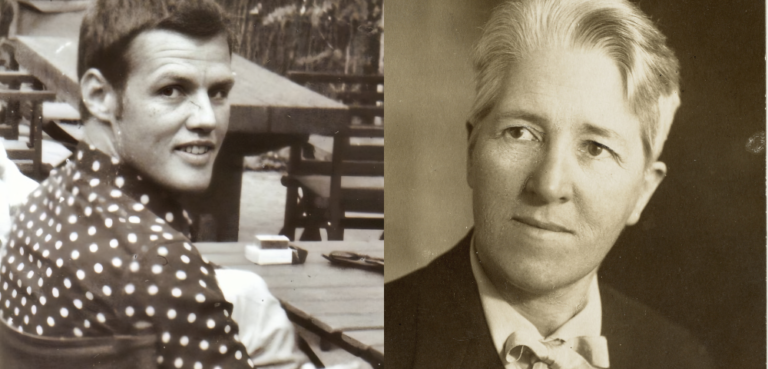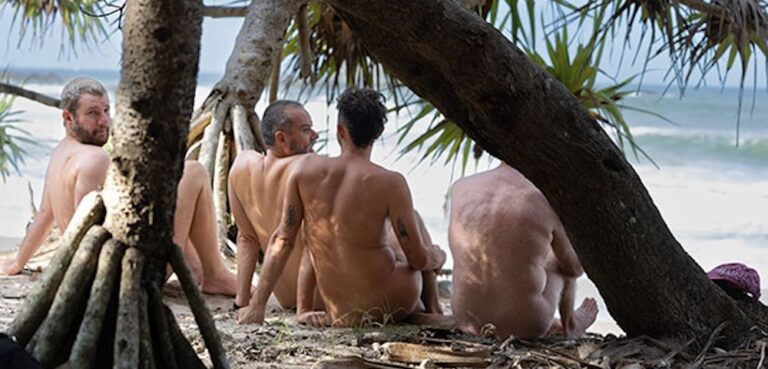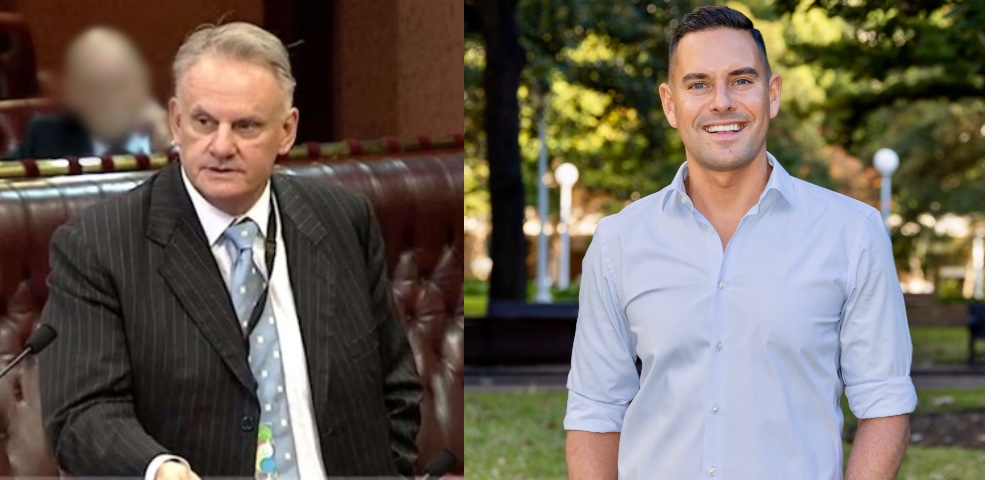
Urban Acrobatics: Pyrmont Parkour touches down
Rhys James is running through a block of council flats in Glebe. He’s approaching a concrete stairwell with a high wall on the other side of the drop. He hits the top of those stairs and is airborne. After that great leap his hands reach the edge of the wall opposite.
He pulls himself up and vaults over. Still running, he comes to the edge of the roof where he jumps to the next building, almost a story below. He lands hard on the concrete surface, his knees bend and he drops to his shoulder, does a forward roll and is up and running again.
Whether it’s through a block of flats in Glebe, along the waters edge of Darling Harbour, or in the parks of Pyrmont, Rhys his friends and his students are always running and there are few obstacles, natural or man made that can stop them.
But they’re not running away from anything. Instead they’re chasing the thrill and sense of achievement that comes with pulling off a new Parkour move.
Parkour is the art of running, jumping, vaulting and climbing for the purpose of getting from A to B as quickly as possible. Rhys is the head instructor in Sydney for the Australian Parkour Association and says it’s an interesting way to get fit.
“You’re not just lifting weights, which can be quite boring, doing the same exercises. There’s a whole range of things you can do,” he said.
Parkour enthusiasts like Rhys formed the APA in 2006 to further develop the activity.
Each week, more and more people (boys, girls, kids, teens and adults) show up to Pyrmont Point Park on Sunday to attend the classes they teach.
However, the APA is tired of the mixed reactions they get from residents and police and is now seeking official approval and support from Sydney City Council to teach and practice in public.
“There’s too many misconceptions that we’re into kids doing flips off roofs and all that kind of stuff, which isn’t the case,” said Matthew Campbell, President of the Association.
Rhys says they get the most mixed reactions when they practice in Glebe. “We’ve had police come up and say ‘great job guys, you’re turning this area that most people don’t like into a playground and somewhere to keep fit,’ and walk straight by. And we’ll be in the same spot two weeks later and a different set of police will come and say we’re all a bunch of idiots, and we need to stop acting like juveniles and go get real jobs.”
In Melbourne, where classes draw upwards of 100 people, the Government has already shown support for the APA by allowing the use of all grounds in the inner city suburb Southbank.
The association wants similar treatment here and thinks Sydney City Council should understand how positive Parkour is for people who practice it.
“Parkour is mental as well as physical and kids apply the confidence they get from achieving their goals in Parkour and can use that to achieve other goals in life,” said Renee Jess, the programs manager for Sports Health Check, a charity group in Victoria which has organized for the APA to teach classes at schools, juvenile detention centres and sporting clubs.
Discipline and confidence are two things that Traceurs (people who practice Parkour) talk about a lot.
“After doing it for a while I’ve become crazily strong, both physically and mentally. Mentally, in terms of I’m always challenging myself to try something that scares me and as well testing my own limits and knowing my own limits,” said 28-year-old Shi Ong, who attends the classes in Pyrmont.
Instructors try to instil that idea of ‘knowing your limits’ in students in an effort to create an environment that’s fun and safe. Without it, Parkour can be a dangerous pursuit. Rhys recalls the worst injury he ever witnessed which was before he was an instructor.
“My friend landed on his head once, he slipped and that’s the worst injury I’ve ever seen.”
According to Rhys, this particular incident was a major reason for forming the APA. Members of the association and students that attend classes are covered under the Association’s insurance. In fact, APA instructors aren’t paid to teach because the money student’s pay each week goes straight to insurance.
In a class last week, Anton Jurisevic, 16, was sporting a fresh graze on his cheek and a black eye after slipping on a step and “face planting” during class. He seemed happy though and completely undeterred by the minor injury. “There’s a freedom to doing Parkour, you know. It’s not inhibited by rules,” he said.
by Matthew Lane









